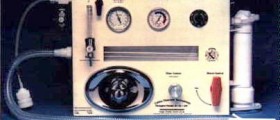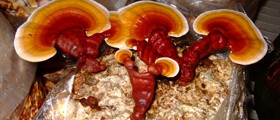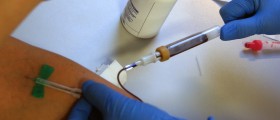
What Is Naturopathy?Naturopathy or naturopathic medicine is a medicinal system that involves diagnosis, treatment and prevention of diseases and disorders with the use of natural methods. Naturopathy is associated with a philosophy of life, health and disease. This system does not treat only the disease but the whole person. It is based on the healing power of the nature and the belief that the body along with the mind has the ability to heal itself.
Naturopathic physicians use different natural therapies to promote healing process and restore health. This includes therapeutic use of herbs and foods, acupuncture, massage and natural remedies like sunlight, air and water.
History of Naturopathy
Naturopathic medicine originates in natural healing systems of the 18th and 19th century, but it can be traced to Ancient Greece Vitalistic school of medicine (400BC).
Naturopathy was first practiced and established as a distinct medicinal system by Dr. Benedict Lust. He was a student of Father Sebastian Kneipp who was employing hydrotherapy. Lust introduced naturopathic medicine to the USA in 1902, where he founded the American School of Naturopathy. Courses held in this school included spinal manipulation, homeopathy, herbal medicine, diet, exercise and hydrotherapy.
The Halcyon Years
Period from 1918 to 1937, known as the Halcyon Years of naturopathy, was marked by a great public interest and support for naturopathy. During this time, a great number of people resorted to naturopathy, many physicians applied for licenses to practice this system and numerous publications of naturopathy treatments were published and sold. The naturopathic journals from that period popularized principles of healthy diet and brought to attention the negative effects of poor nutrition.
Decline of Naturopathic Medicine
From 1938 to 1970 use of naturopathy started to decline because allopathic medicine gained great popularity. Also, naturopathic therapies and treatments were suppressed by growing drug industry. Naturopathic practitioners were accused of quackery. Also, “miracle drugs” that were introduced at rapid rate, development of surgery as well as death of Dr. Benedict Luis all contributed to the decline of naturopathy.
Return of NaturopathyIn the late 1960’s, naturopathy began to reemerge, with increased public interest in alternative approach to health. People became aware of unreasonable expense, limitations and drawbacks of organized institutional medicine and once again turned to naturopathy. From 1978, more naturopathic schools and colleges were opened and accredited. Naturopathic medicine established its place in the mainstream and integrated in the health care system. In recent years, many active researches have been conducted in the field of naturopathic medicine which contributes to the development of this system of medicine. Naturopathic licensure laws now exist in Alaska, Arizona, Connecticut, Hawaii, Maine, Montana, New Hampshire, Oregon, Utah, Vermont and Washington while in other states naturopaths practice under other laws.









-What-Are-Your-Options_f_280x120.jpg)







Your thoughts on this
Loading...